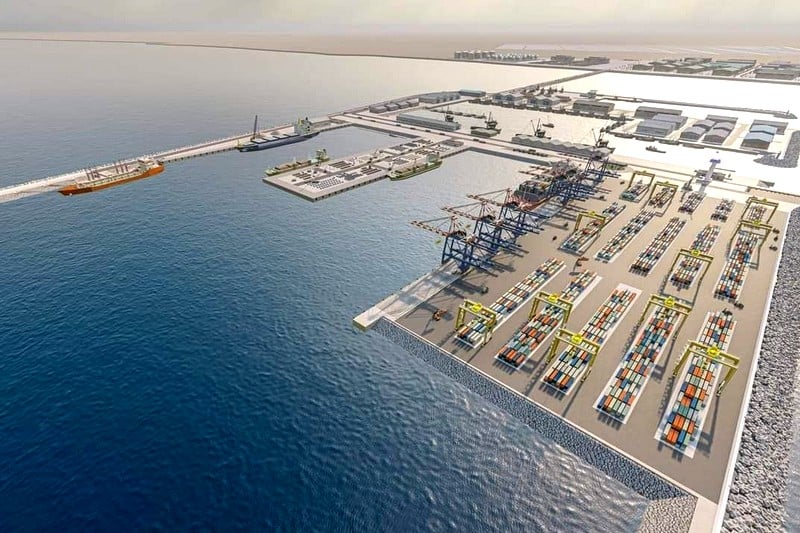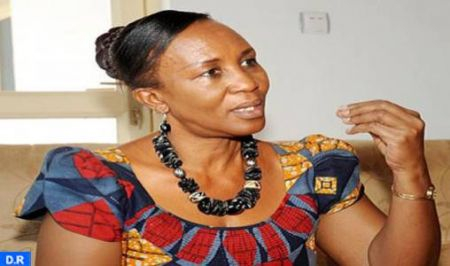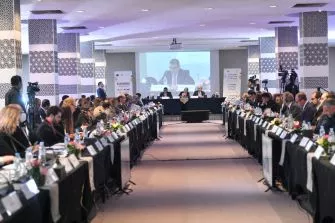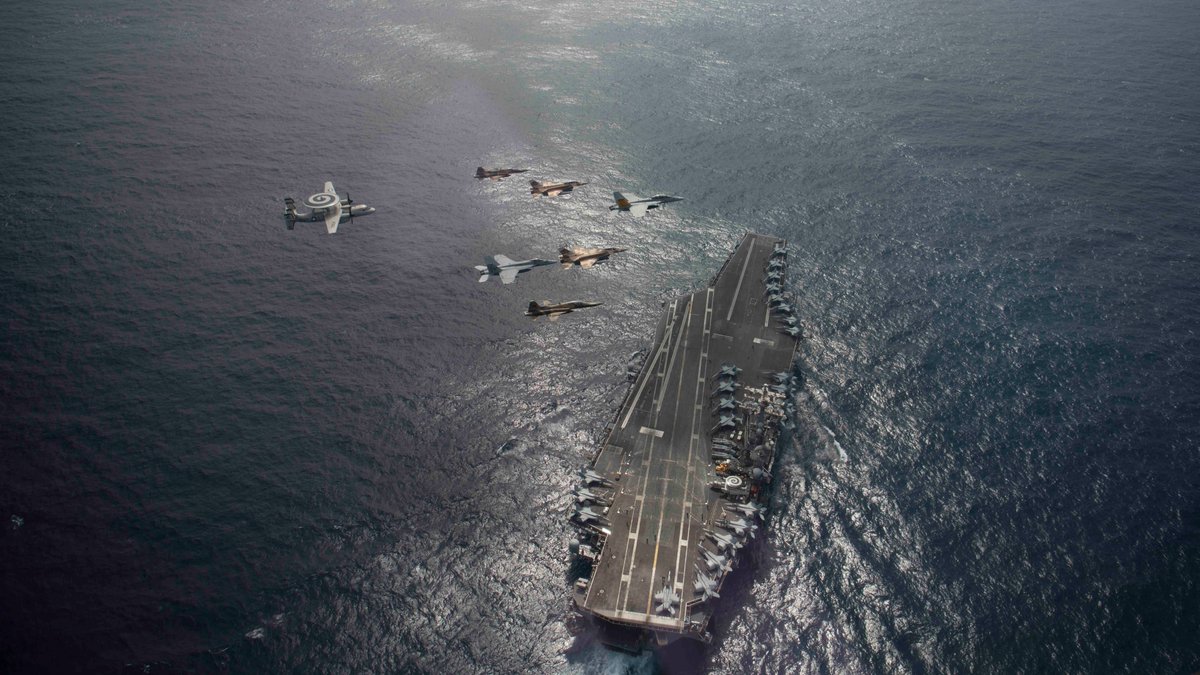Moroccans are looking back with pride at the impressive social, economic and political achievements accomplished in the country under the leadership of King Mohammed VI.
In a span of 25 years, the Kingdom has been transformed into a regional powerhouse with a highly diversified and competitive economy with a vast network of global friends, strategic allies and partners.
Convinced of the importance of ports to Morocco’s open economy, trade and overall prosperity, the Moroccan Monarch has made of the modernization and development of port infrastructures a strategic priority.
The royal guidance and implementation of a national port strategy has enabled Morocco to establish itself as a competitive & attractive maritime hub, supporting the country’s economic growth and setting the example for emerging countries.
Morocco’s first achievement comes with the performance yielded by the Tanger Med Port, the first container port in the Mediterranean and Africa.
Built over a 1,000 ha area, the port is capable of handling annually more than 9 million containers, 7 million passengers, 700,000 trucks and the export of 1 million vehicles.
The Tanger Med port complex consists of an industrial platform for 1100 companies, representing an annual export business of over € 10 billion, operating in various sectors such as automotive, aeronautics, food processing, logistics and textiles.
It is the number 1 port in Africa and the Mediterranean, outperforming the ports of Durban (South Africa), Valencia (Spain) and Algeciras (Spain). It now competes with the ports of Long Beach (California, United States), Laem Chabang (Thailand) and Kaohsiung (Taiwan).
Emboldened by its success, Morocco is now busy building another port on its Mediterranean coast, “Nador West Med Port”, to unleash the economic potential of the Oriental region.
Construction works of this port started in 2017 and is expected to be operational in 2025. The experts are currently conducting the final necessary functional, technical and performance tests before the inauguration.
The NWM Project is part of a wider development plan for the Nador region and will directly contribute to the reduction of regional disparities and support the economic development of the Orientale Region, as well as improving regional access to infrastructure.
The Nador West Med Port includes terminals for containers, hydrocarbons, bulk (including coal) and Ro-Ro as well as a service quay and an industrial investment zone designed to attract international investors, comprising a 1,500 ha Free Zone and an additional 2,500 ha area outside the Free Zone.
This project is expected to enhance further private sector participation in port activities, expand trade opportunities, support the development of export-oriented industrial activities, ensure the sustainability of public services, while focusing on climate change adaptation.
The Dakhla Atlantic port is another mega-project under construction. It is a key component of the King’s farsighted geostrategic vision. The port, which is designed to serve African countries, comes to strengthen Morocco ports services tailored to shipping companies and businesses. It sets a complementarity with the ports Tanger Med and Nador West Med.
The $1.2 billion megaproject on southern Atlantic coast is expected to complete in 2028. Spanning 1,650 hectares, the Dakhla Atlantic port complex will include a trade port with an oil terminal, a fishing port and a shipyard. There will be a bridge linking the port to the land and a 7-kilometer road that connects the port with a national highway that runs along the coast as far north as Tangier and as far south as the border with Mauritania.
“We’re constructing an ecosystem,” said Nisrine Iouzzi, the director of construction for the Dakhla Atlantic Port. Once operational, the port is expected to handle 35 million tons of goods a year.
This will not only boost Morocco’s economy, she says, but it could help the country become a maritime hub for worldwide trade, connecting regions such as West Africa, the Middle East, Europe, North America, the Canary Islands and even South America.
The project is part of Morocco’s national port strategy, which aims to modernize and strengthen port infrastructure by 2030, in order to enhance its role in global supply chains.



